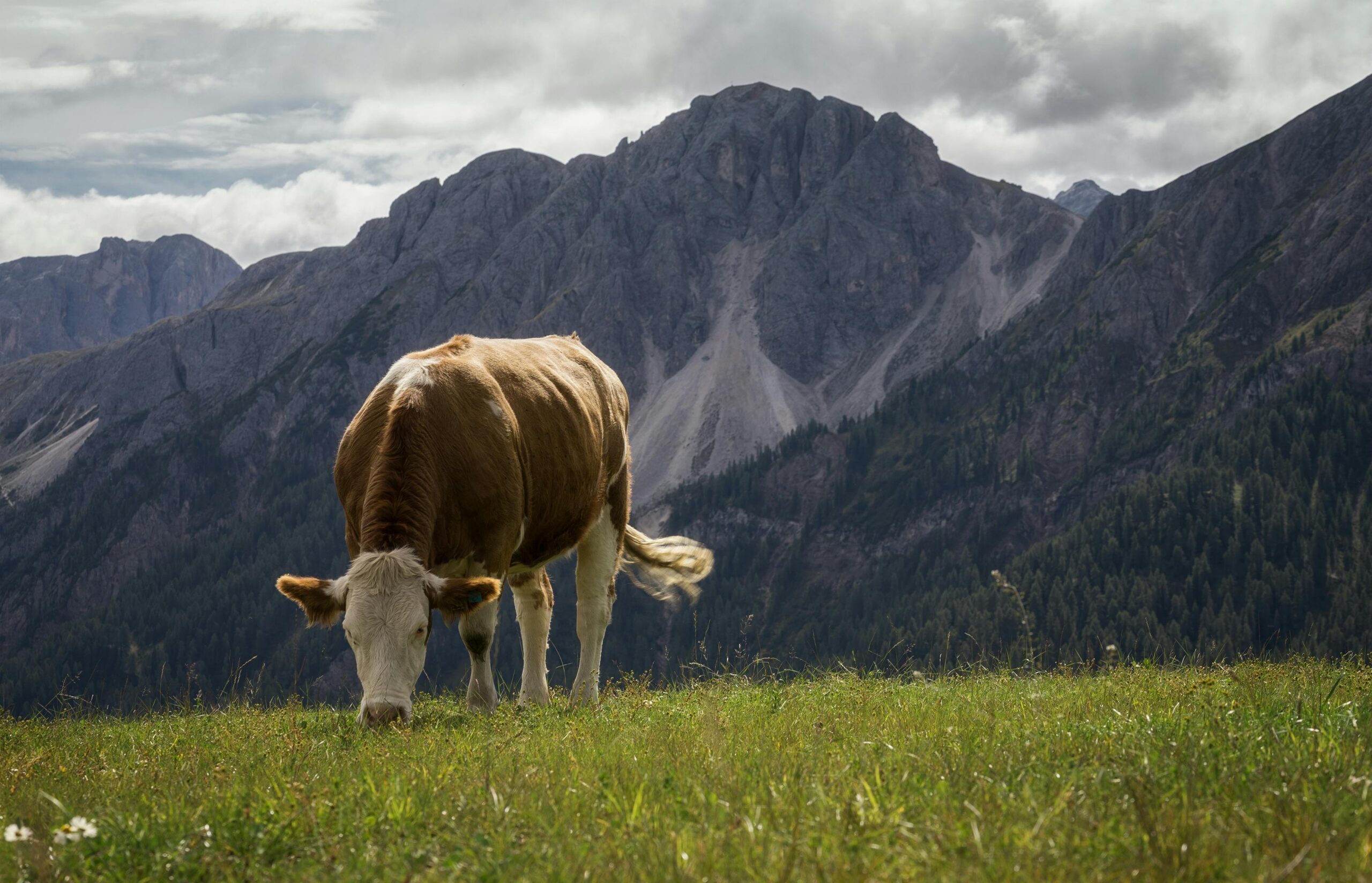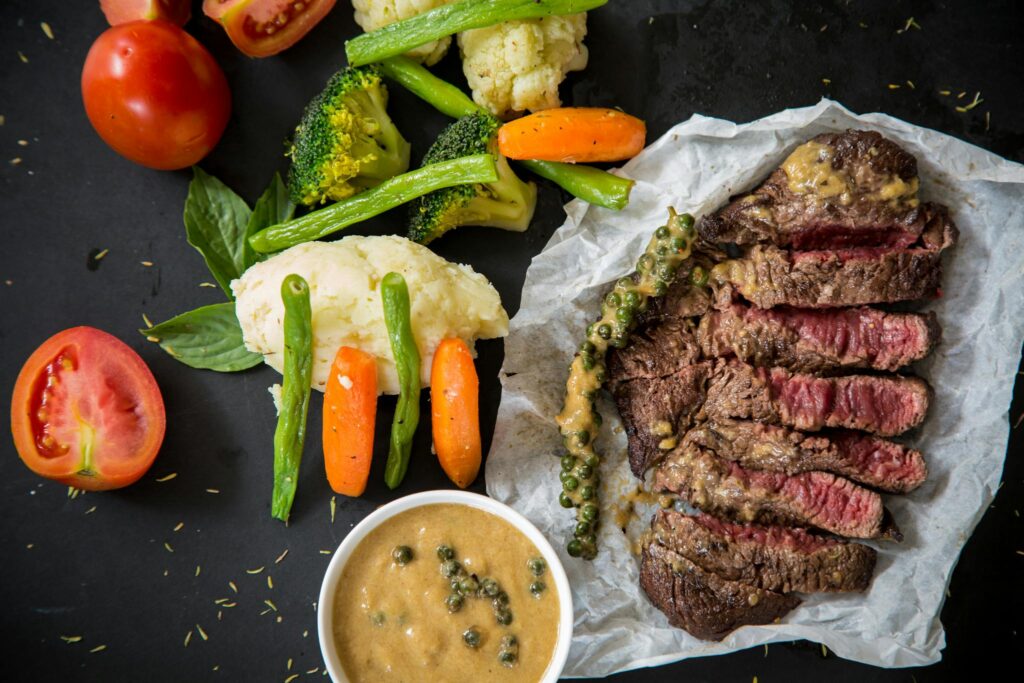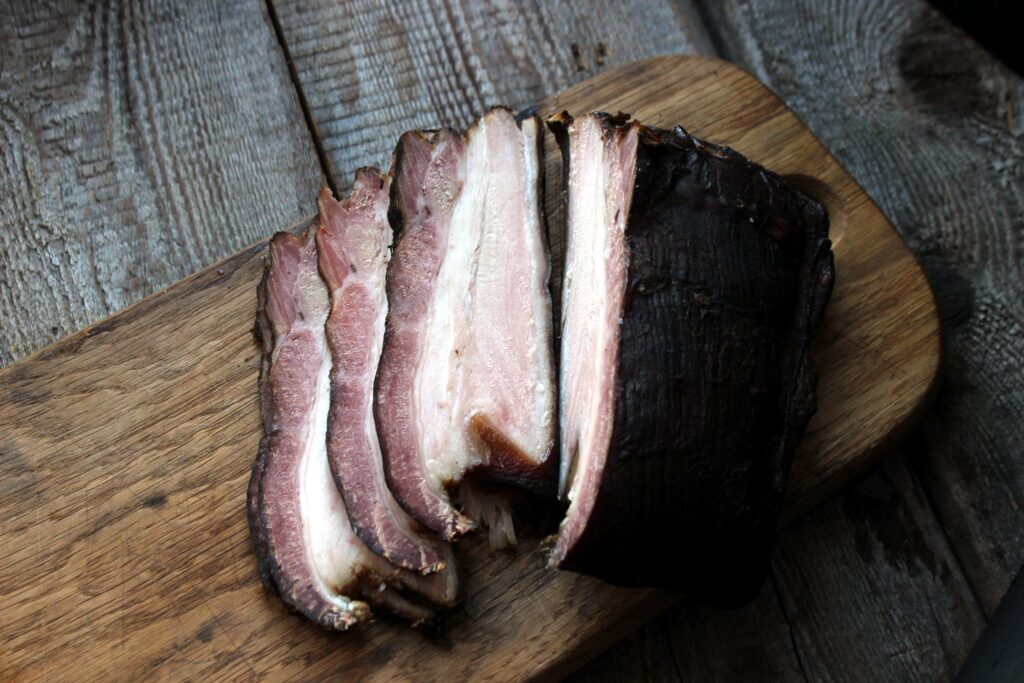Embracing the Resurgence of Bulk Meat Purchases
As consumers increasingly prioritize sustainability and cost-effectiveness in their food choices, the age-old practice of buying meat in bulk is experiencing a resurgence. For individuals passionate about food, homesteaders seeking self-sufficiency, and families looking to stock their freezers with high-quality protein, purchasing a share of a cow presents an enticing option. In this comprehensive guide, we will delve into the intricacies of buying half a cow, providing a detailed overview of the process from start to finish. By understanding the fundamentals, exploring the factors influencing pricing, finding reputable suppliers, calculating your needs, comprehending the variety of cuts, and implementing proper handling and storage techniques, you’ll be equipped to make informed decisions that align with your values and preferences.
Understanding the Basics of Bulk Meat Purchases
- Exploring the Half-Cow Option
At the heart of any bulk meat transaction lies a clear understanding of the available options. While purchasing a whole cow is an option, many individuals find the half-cow option more manageable. Let’s delve deeper into what this entails.
- What You Get When You Buy Half a Cow: A Detailed Breakdown
When you invest in a share of a cow, you’re essentially securing a portion of the total animal. Opting for half a cow typically yields approximately 220-300 pounds of take-home meat, factoring in the weight of bones, trimmings, and smaller cuts. Understanding the cost breakdown per pound is essential to making an informed decision.
- The Cost Per Pound Breakdown: Navigating Pricing Structures
The price of half a cow can vary, with the cost typically determined per pound of the animal’s hanging weight. This weight, approximately 60% of the live weight, serves as the basis for pricing. Additionally, butchering fees and any requested processing services contribute to the final cost.
- Factors Affecting the Price of Half a Cow: Considerations to Keep in Mind
Numerous factors influence the price of a share of a cow. Breed, quality, location, and the animal’s diet all play significant roles. Understanding these factors allows for a more accurate assessment of pricing and ensures transparency in transactions.
- The Role of Breed and Quality: Identifying Superior Meat Qualities
Certain breeds are renowned for their exceptional meat qualities, commanding higher prices in the market. Factors such as marbling, tenderness, and overall health contribute to the perceived quality of the meat.
- Location, Location, Location: Navigating Regional Price Disparities
Regional variations in pricing are inevitable, influenced by local demands, cost of living, and supply availability. Conducting research on pricing norms in your area is crucial for budgeting purposes.
- The Livestock’s Lifestyle: Evaluating Production Methods
The production methods employed, such as grass-fed or pasture-raised, can significantly impact pricing. While these options may come at a premium, many consumers prioritize the taste and ethical considerations associated with sustainably raised beef.
- Additional Costs to Consider: Beyond the Price Per Pound
In addition to the base price per pound, buyers must account for butchering costs and any additional processing services requested. Whether it’s sausage-making or smoking, these services contribute to the overall cost of the transaction.
See the related article, How Does a Baby Cow Look Like Fascinating Facts?
Finding a Supplier:-
From Farm to Fork
Securing a reputable supplier is paramount when engaging in bulk meat purchases. Whether through local farms and ranches or online resources, establishing a trustworthy relationship ensures transparency and quality assurance.
- Reaching Out to Local Farms and Ranches: Fostering Direct Connections
Local farmers offer invaluable insights into their practices, fostering a closer relationship between consumers and their food sources. They may also provide options for a variety of proteins, catering to diverse preferences.
- Online Resources for Sourcing Bulk Meat: Utilizing Digital Platforms
The proliferation of online databases facilitates the discovery of nearby farmers and ranchers offering bulk meat options. These platforms often feature reviews and testimonials, offering reassurance regarding a supplier’s credibility and reliability.
- Building a Relationship for the Future: Long-term Benefits of Collaboration
Investing in a positive relationship with your meat supplier can yield future benefits, such as early access to sales or new product offerings. Cultivating this relationship fosters mutual trust and support within the local food community.
Calculating Your Needs:-
Tailoring Purchases to Your Requirements
Before committing to a half-cow purchase, it’s essential to assess your meat consumption habits and storage capabilities. By considering factors such as family size, frequency of beef consumption, and willingness to share, you can accurately determine the right quantity to purchase.
- Determining the Right Quantity: Balancing Supply and Demand
For a family of four, a half-cow purchase typically provides enough meat to last approximately a year. However, individual preferences and dietary habits may necessitate adjustments to the quantity purchased.
- Cost Savings of Buying in Bulk: Assessing Financial Benefits
Comparing the price per pound of a half-cow purchase to retail prices at local grocery stores reveals substantial cost savings. This is particularly evident when considering higher quality, grass-fed, or organic options, making bulk purchases an economically viable choice.
Understanding the Cuts:-
Exploring Culinary Possibilities
One of the primary advantages of buying half a cow is the variety of cuts it yields, offering versatility in meal preparation. From premium steaks and roasts to ground beef and specialty cuts, buyers can enjoy a diverse culinary experience.
- The Primaries: Steaks and Roasts
A half-cow purchase provides an abundance of premium cuts such as T-bones, ribeyes, sirloins, and various roasts. These cuts offer versatility in cooking methods and are suitable for a wide range of dishes.
- The Versatile Ground Beef: A Staple in Every Kitchen
Ground beef constitutes a significant portion of a half-cow purchase and serves as a versatile ingredient in countless recipes. From classic burgers to hearty Bolognese sauce, its adaptability makes it a kitchen essential.
- Specialty Cuts and Offal: Exploring Unique Culinary Delights
Depending on custom butcher requests, buyers may receive specialty cuts and offals such as oxtail, liver, and tongue. While considered unconventional by some, these cuts offer unique flavors and culinary possibilities for adventurous cooks.
Handling and Storing Your Bulk Meat:-
Preserving Quality and Flavor
Proper handling and storage are critical to maintaining the quality and flavor of bulk meat purchases. By adhering to best practices, buyers can ensure their investment remains fresh and flavorful over time.
- Best Practices for Handling Meat: Ensuring Hygiene and Safety
Upon delivery, promptly transfer the meat to a sanitized, prepared freezer to minimize the risk of spoilage. This initial step sets the foundation for proper storage and preservation.
- Freezing Techniques for Longevity: Preventing Freezer Burn
To prevent freezer burn and maintain freshness, package cuts in airtight, freezer-safe materials. Each package should be labeled with the date and cut for easy identification. Consider investing in a vacuum sealer for optimal results.
- Safety Measures for Frozen Meat: Adhering to Food Safety Guidelines
Familiarize yourself with recommended thawing techniques and food safety guidelines to mitigate the risk of foodborne illness. Proper handling and preparation ensure that the meat retains its taste and quality when consumed.
- Sustainable and Ethical Considerations: Embracing Responsible Consumption
Beyond personal health benefits, purchasing half a cow directly from a local farm carries significant environmental and ethical implications. By supporting sustainable farming practices and prioritizing animal welfare, buyers contribute to broader efforts toward responsible consumption and environmental stewardship.
- The Environmental Impact: Reducing Carbon Footprint
Buying bulk meat from a sustainable farm reduces the carbon footprint compared to meat shipped from abroad or across the country. By sourcing meat locally, buyers minimize transportation-related emissions and support regional agricultural systems, fostering resilience and biodiversity in their communities.
- Supporting Ethical Farming Practices: Prioritizing Animal Welfare
Knowing and supporting the farmers who raise your food ensures alignment with practices that treat animals humanely and prioritize ecological balance. Sustainable farms often implement rotational grazing, regenerative agriculture, and low-stress handling techniques, promoting animal welfare while minimizing environmental degradation.
- Health Considerations: Nutritional Benefits of Locally Raised Beef
Many people believe that locally raised beef is more nutritious and safer to eat than industrially produced meat. While this isn’t a guarantee, it’s an added benefit that often accompanies direct purchases. Grass-fed beef, in particular, tends to have higher levels of omega-3 fatty acids, vitamins, and antioxidants, offering potential health advantages for consumers.
- Economic Support for Local Communities: Strengthening Food Systems
By investing in local farms, buyers contribute to the economic resilience of their communities. Sustainable agriculture creates jobs, fosters entrepreneurship, and bolsters local economies, reducing reliance on distant supply chains and enhancing food security for all residents.
Conclusion:-
The True Value of Buying Half a Cow
Purchasing a share of a cow is more than just a transaction—it’s an investment in your well-being, your values, and the farmers who dedicate their lives to feeding us. The initial cost and freezer space may seem daunting, but the long-term savings, quality of the meat, and peace of mind make it worth considering.
With comprehensive knowledge about the buying process, an understanding of what to expect and receive, and a keen awareness of the ethical and environmental impacts of your decisions, you’re ready to take the plunge into the world of bulk meat buying. Whether you’re a seasoned food enthusiast, a homesteader looking for self-sufficiency, or simply someone who wants to make a more thoughtful choice, buying half a cow could be the right step for you.
Embrace the process, savor the journey, and enjoy the connection to your food that only a bulk meat purchase can provide. Your taste buds, your wallet, and the planet will thank you for it.



